“Bridge” between culture and tourists
AI technology is “revolutionizing” the tourism industry with many benefits for both travelers and businesses. The World Travel and Tourism Council predicts that AI will profoundly shape the future of travel and tourism, by significantly improving business efficiency as well as enriching experiences.
Currently, many tourism services have started to use AI, for example, interactive activities, direct communication between visitors and technological solutions, especially performances using robots serving restaurants, room service robots, service consulting robots... and AI applications such as Wao AI BOT have the ability to interact, consult, and provide tourism service information to visitors with diverse and easily accessible interactive tools, allowing visitors to directly chat and interview robots easily.
In the world, many countries have successfully applied AI to introduce attractive cultural tourism products. For example, in China, there was a traditional art exhibition at a famous tourist area that used entirely AI algorithms.
More than half of Expedia’s survey respondents are interested in using AI to plan their next trip. AI is expected to simplify the planning and booking process, although there are some flaws. Nearly 40% of travelers said they would use an AI search engine to find the perfect vacation.
 |
AI is becoming a convenient "bridge", quickly bringing culture to tourists. (Illustration photo - Source: TGCC) |
With the advantage of attractive cultural tourist destinations, many provinces and localities in Vietnam are applying AI technology to become a "bridge" between tourists and local culture. In Co To, Quang Ninh province, virtual reality technology has been applied for tourists to experience "remote tours" to visit Co To through 360-degree images combined with automatic explanations: Special National Monument of President Ho Chi Minh Memorial Site on Co To Island; exploring Co To Island, Truc Lam Pagoda, Mong Rong Rock Beach, Thanh Lan Island... This technology helps Co To tourism spread more widely to domestic and international friends, while effectively supporting the planning of tourists' actual trips.
Hue is a leading province in the field of applying AI technology to promote tourism, connecting tourists and cultural heritage. Specifically, in 2023, the project "One Food in Hue" was born to convey the beauty of Hue cuisine using AI tools. The project has built an AI ambassador - Chabot O Thuc, with the mission of spreading the "map" of Hue cuisine to a wide audience at home and abroad with the support of AI technology.
This is the first chatbot dedicated to promoting Hue cuisine that has been launched, bringing many interesting experiences to users. O Thuc is inspired by the image of the ladies and ladies of Hue with their gentle, delicate, and diligent beauty. Chatbot O Thuc helps visitors answer questions about Hue cuisine, culture, and tourism completely free of charge. Users can chat with O Thuc using the AI chatbot tool integrated in the message box on the project page "One Food in Hue", in both Vietnamese and English.
By 2025, Hue will apply Smart Interactive Stations (TapQuest) which are physical boards with near-field communication (NFC) chips that tourists can tap their phones to connect to the historical and cultural stories of each location with many rich forms of expression including images, videos, 3D models, text and guides using artificial intelligence. Now visitors can tap the smart interactive stations at 9 important points of Hai Van Quan to connect with the story and leave beautiful images of themselves on the "digital wall" of this historic pass.
 |
To widely apply AI technology to create a "cultural tourism map", the Vietnamese tourism industry has many problems to solve. (Illustration photo - Source: Rooty trip Phu Quoc) |
AI has great potential for development in the tourism sector. AI is opening up a “flat world” at tourist destinations. When tourists can easily have a detailed, specific schedule thanks to AI “virtual assistants”. Thanks to AI, tourists will quickly access “maps” of cuisine and attractive historical and cultural relics in provinces and localities in many different languages. This is a way to attract international tourists to Vietnam.
Need to replicate the "tourist map" model using AI
In September 2024, within the framework of the Workshop “AI and digital transformation technology solutions for Khanh Hoa tourism industry”, Dr. Nguyen Anh Tuan, Director of the Institute for Tourism Development Research, commented that the 4.0 Technology Revolution is creating many opportunities for the tourism industry, from smart management and operation to digital marketing. To compete with the international tourism market, Vietnam needs to widely apply technology, including AI, to the tourism industry of provinces and localities.
In fact, in Vietnam, AI technology is opening up a direction for sustainable tourism development. For example, AI reduces waste and negative impacts from tourism activities. Technology plays a key role in monitoring, managing and protecting tourism resources, including natural and cultural resources.
With the development of digital tools and data management technology, authorities can monitor, evaluate and take timely interventions to avoid overexploitation of tourism resources. Technologies such as geographic information systems (GIS) and big data help management agencies monitor changes in the environment and natural resources, and forecast potential impacts from tourism activities.
These are the factors that help Vietnam form diverse and attractive tourist maps. However, the application of AI in the tourism industry has not been widely popularized. For example, only a few provinces and cities such as Hue, Hanoi, Ho Chi Minh City, Quang Ninh,... use AI to attract tourists to visit and experience the cultural beauty of the locality.
 |
Thanks to AI, tourists will quickly access "maps" of cuisine and attractive cultural and historical relics in provinces and localities in many different languages. (Illustration photo - Source: GenK) |
To widely apply AI technology to establish a "cultural tourism map", the Vietnamese tourism industry has many problems to solve. For example, tourism is lacking human resources. Especially workers with basic knowledge and understanding of AI. Especially in remote, mountainous provinces, people have the habit of doing traditional tourism. Therefore, there is a need for "popular AI learning" classes to popularize the change in tourism development direction for people.
In addition, to build AI tourism maps, the State's support and investment are needed. A complete and detailed data source will help provinces, localities and businesses easily apply AI algorithms to create unique cultural tours. The Ministry of Culture, Sports and Tourism has issued Decision No. 2710/QD-BVHTTDL approving the project "Tourism industry database system". Accordingly, the tourism industry database system is built and developed comprehensively and uniformly nationwide, to serve the state management of tourism, and at the same time contribute to tourism promotion.
The project implementation period is from 2024 to 2030 and is divided into 2 phases. Phase 1 (2024 - 2025), prioritizes the completion and construction of a number of key component databases of the tourism industry to connect and share nationwide. Phase 2 (2026 - 2030), continues to maintain, upgrade, and expand the component databases that have been completed and built in phase 1; complete the remaining component databases to create a comprehensive database system of the tourism industry.
The goal of the project is to develop, maintain and update information and data in the tourism industry database system by 2025 based on the application of new technology; build a tourism industry database system in accordance with relevant standards, regulations and technical solutions in a synchronous manner, exploit shared data of units, ministries, branches and localities. The goal by 2030 is to apply Big Data technology and AI to process and analyze data to serve analysis, evaluation, management, connection and sharing of data in the tourism industry and related organizations and individuals...
Source: https://baophapluat.vn/du-lich-van-hoa-thong-minh-thoi-ai-post547895.html


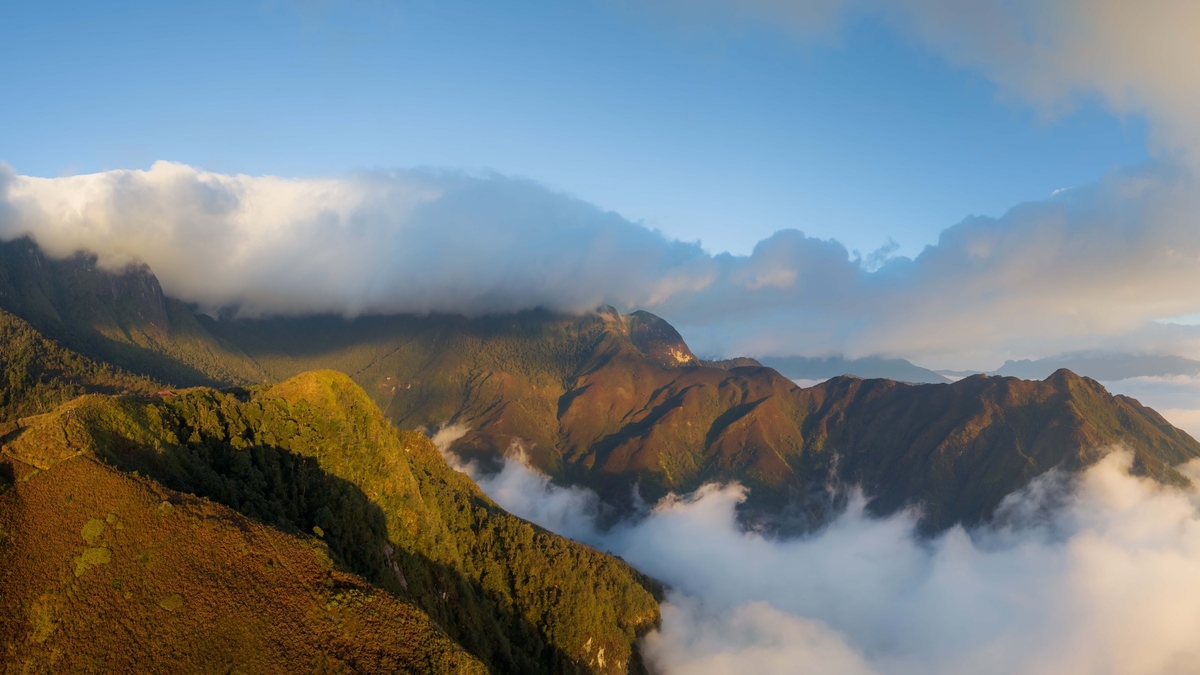

![[Photo] Party Committees of Central Party agencies summarize the implementation of Resolution No. 18-NQ/TW and the direction of the Party Congress](https://vphoto.vietnam.vn/thumb/1200x675/vietnam/resource/IMAGE/2025/10/27/1761545645968_ndo_br_1-jpg.webp)

![[Photo] The 5th Patriotic Emulation Congress of the Central Inspection Commission](https://vphoto.vietnam.vn/thumb/1200x675/vietnam/resource/IMAGE/2025/10/27/1761566862838_ndo_br_1-1858-jpg.webp)
![[Photo] National Assembly Chairman Tran Thanh Man receives Chairman of the House of Representatives of Uzbekistan Nuriddin Ismoilov](https://vphoto.vietnam.vn/thumb/1200x675/vietnam/resource/IMAGE/2025/10/27/1761542647910_bnd-2610-jpg.webp)
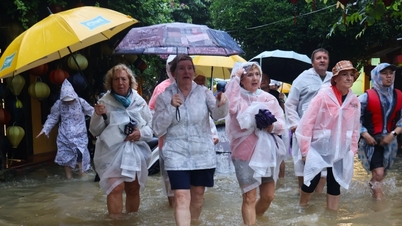

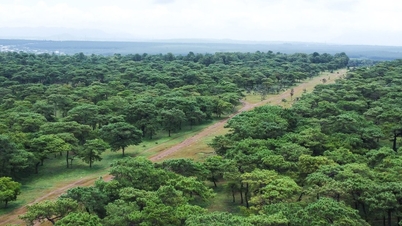

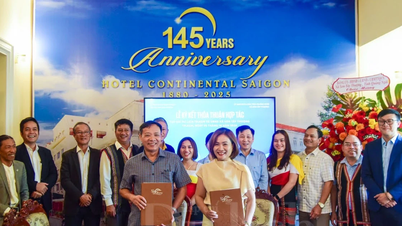




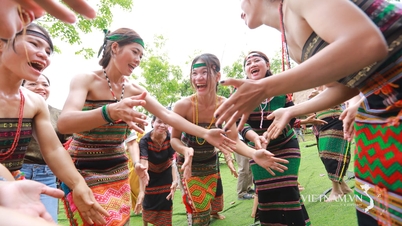







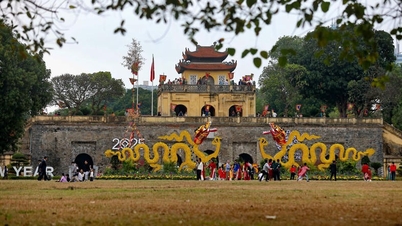
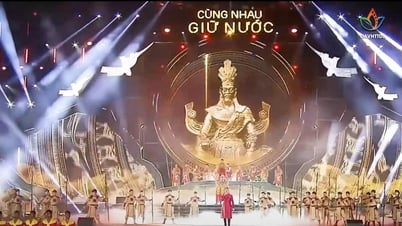
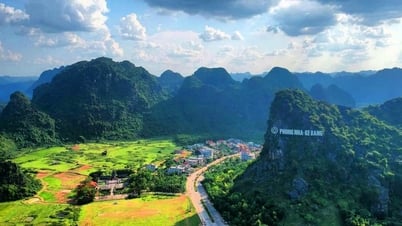

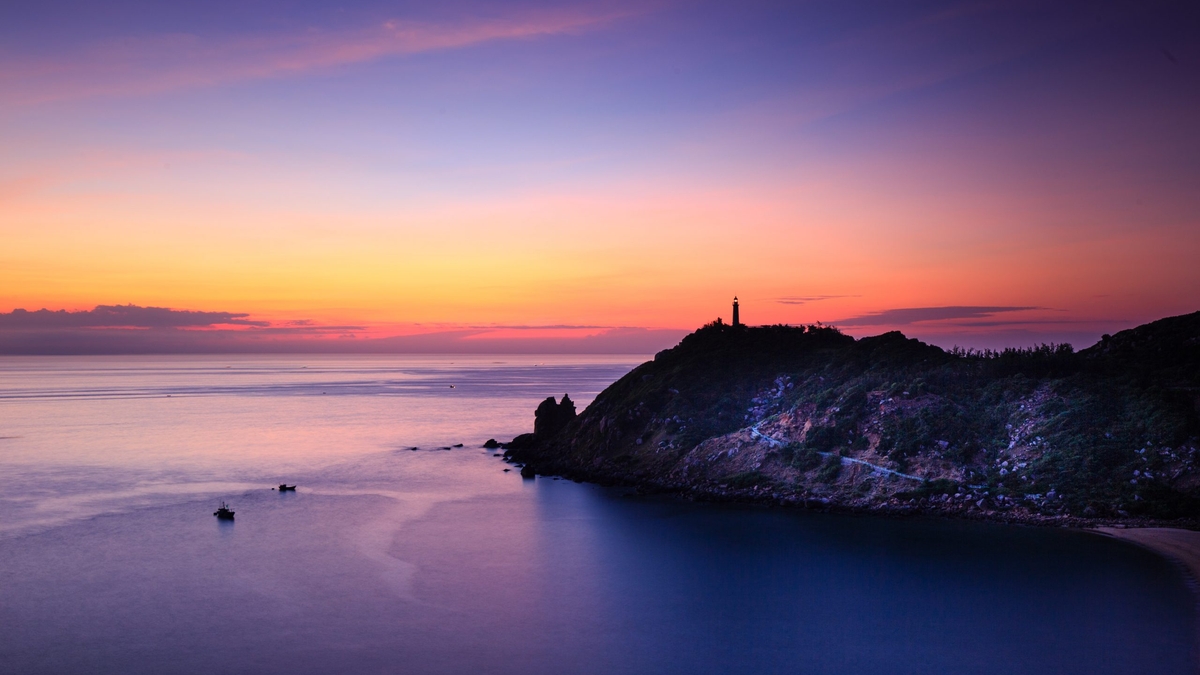

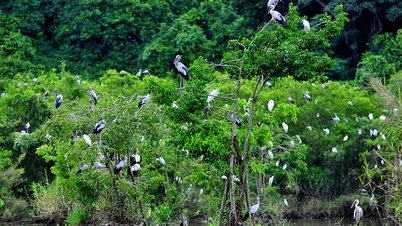

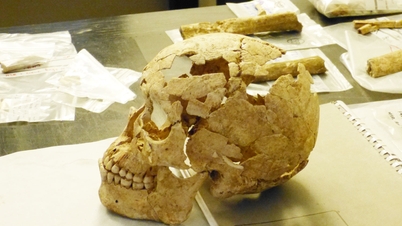

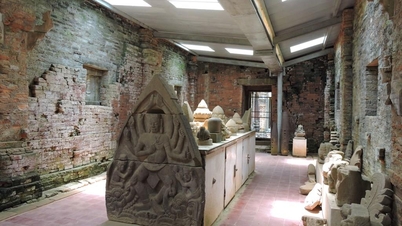


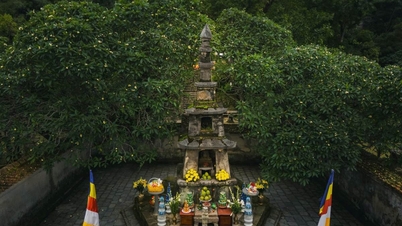

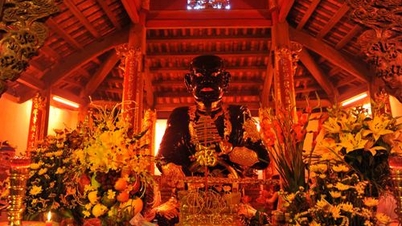



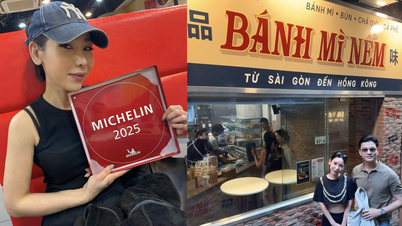


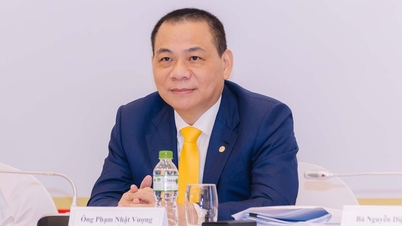



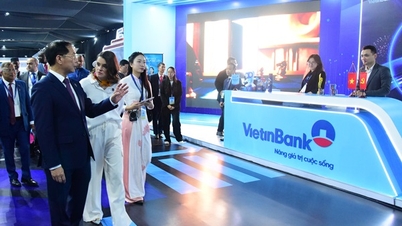
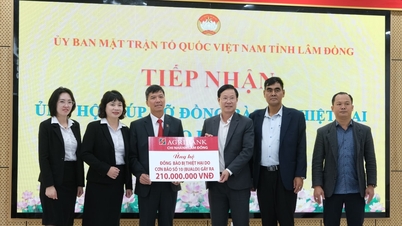



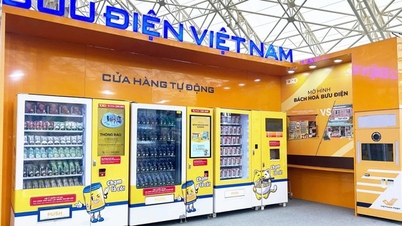

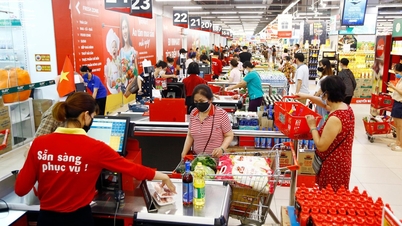
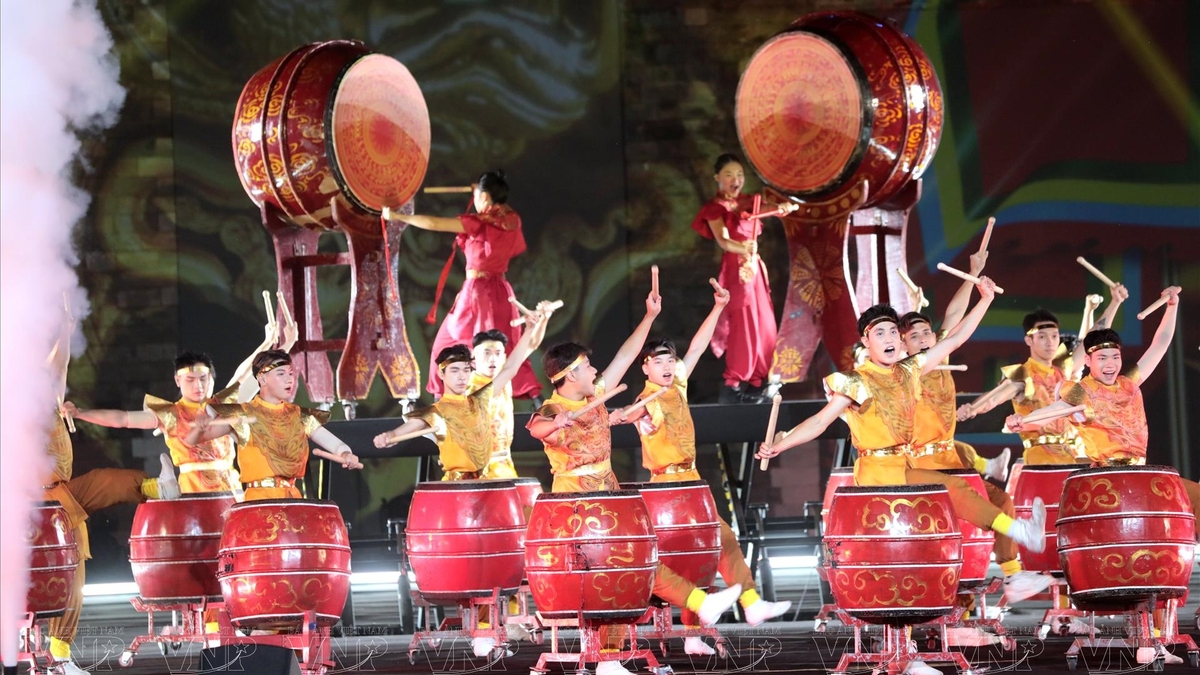

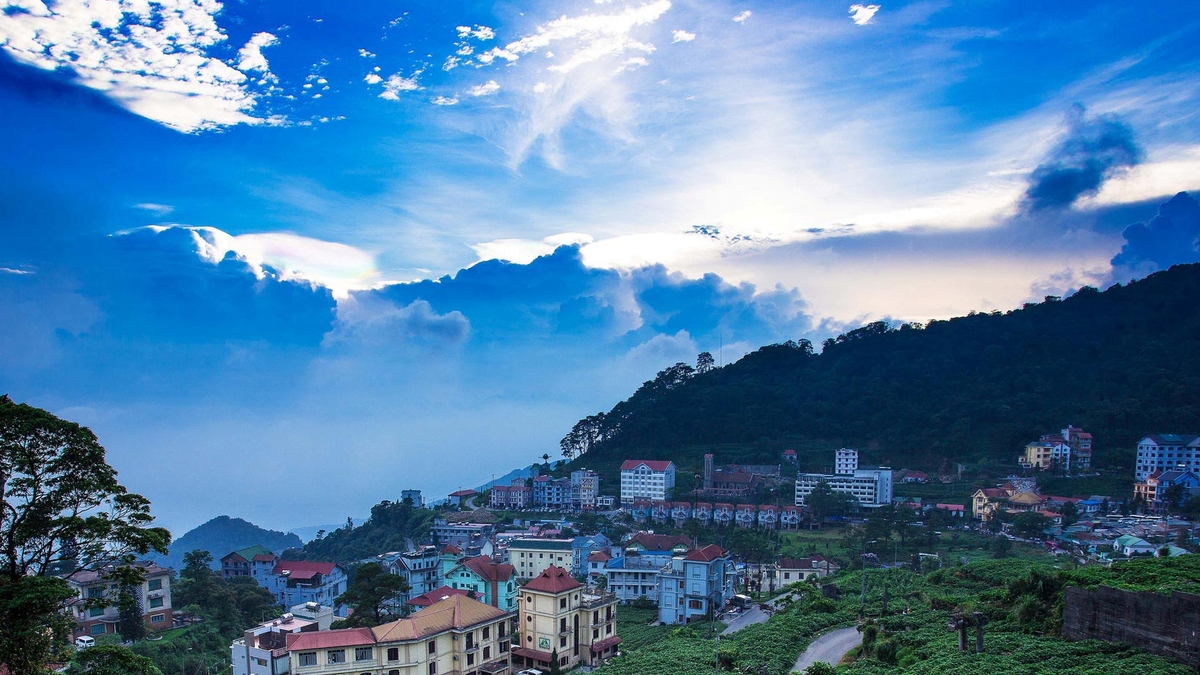
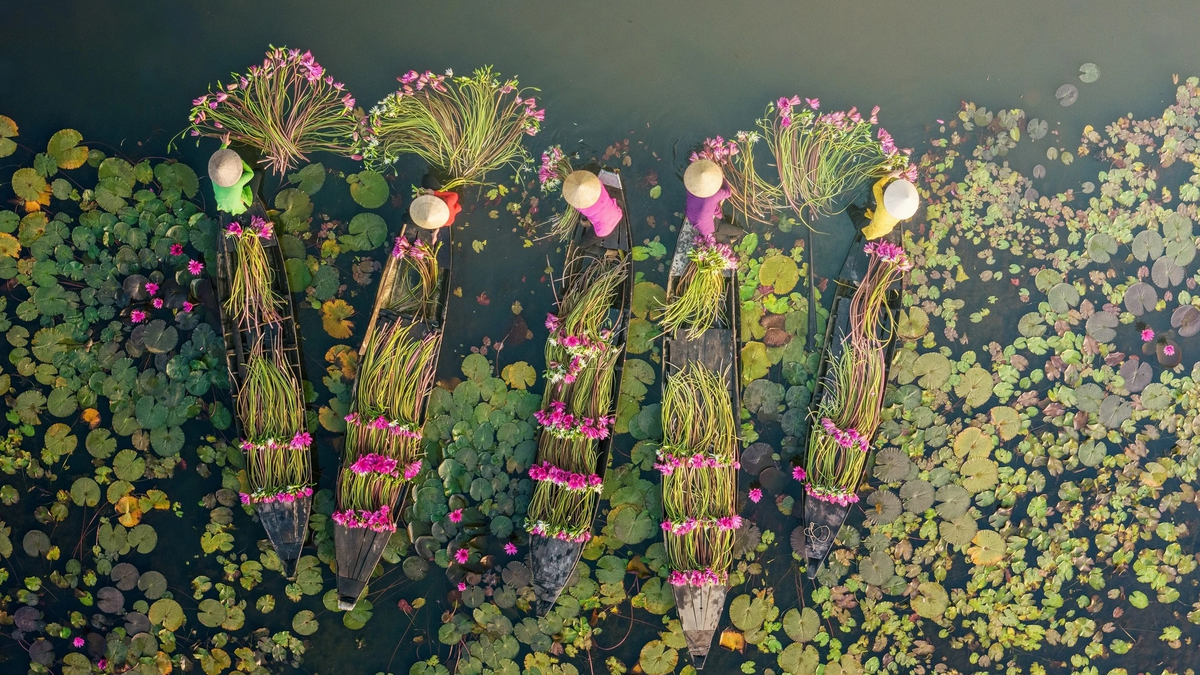

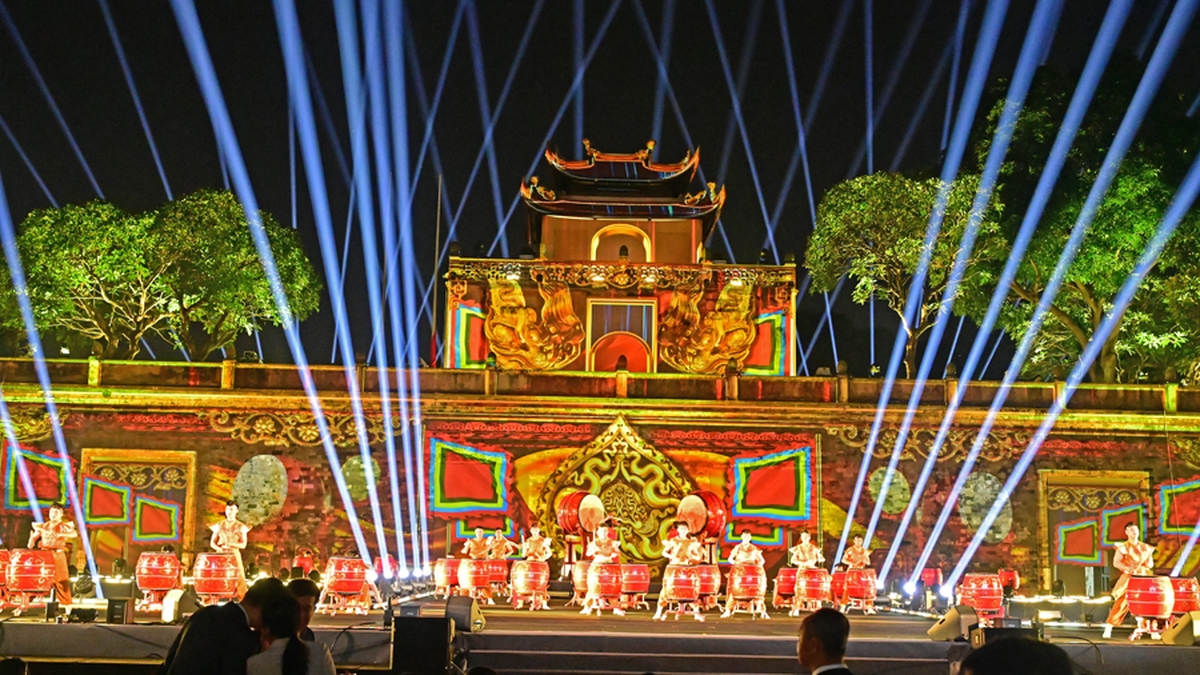
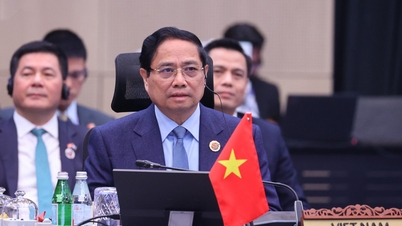
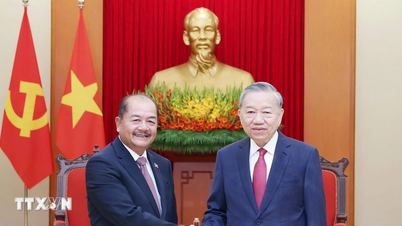

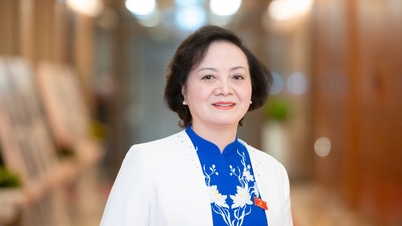

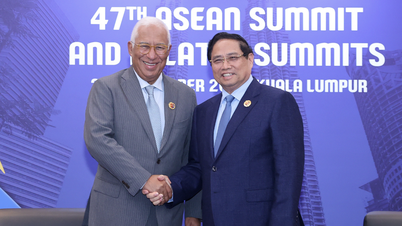
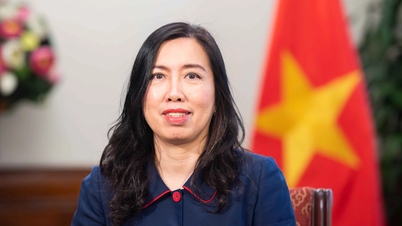
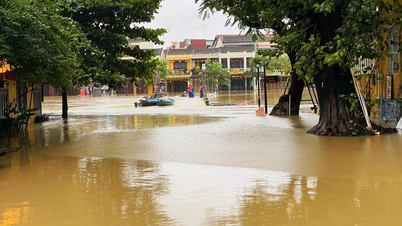
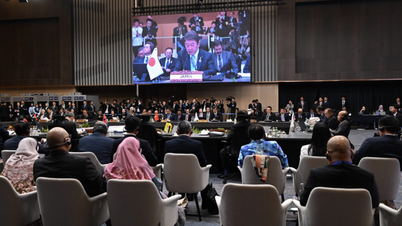

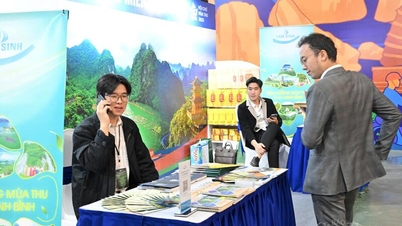
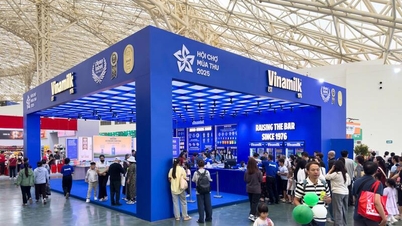
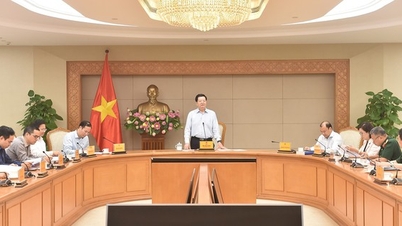

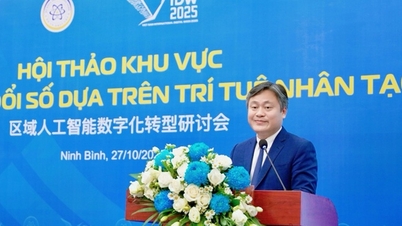
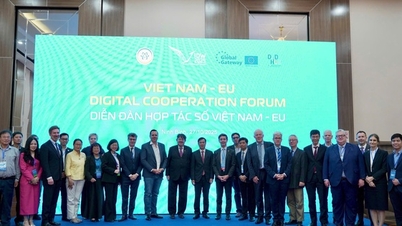
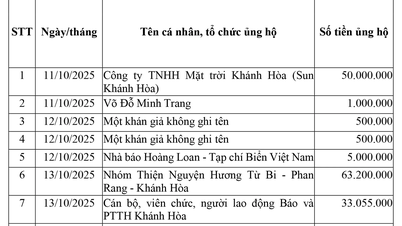

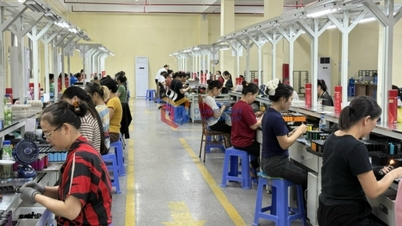

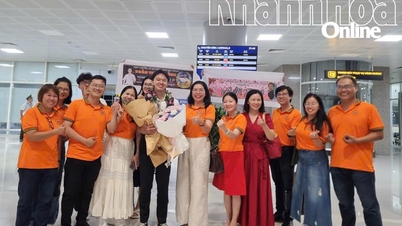


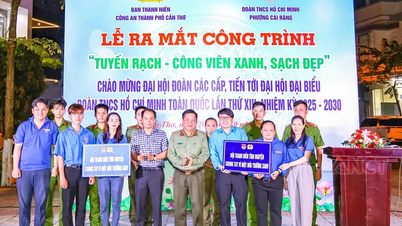
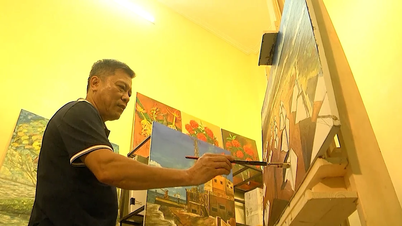













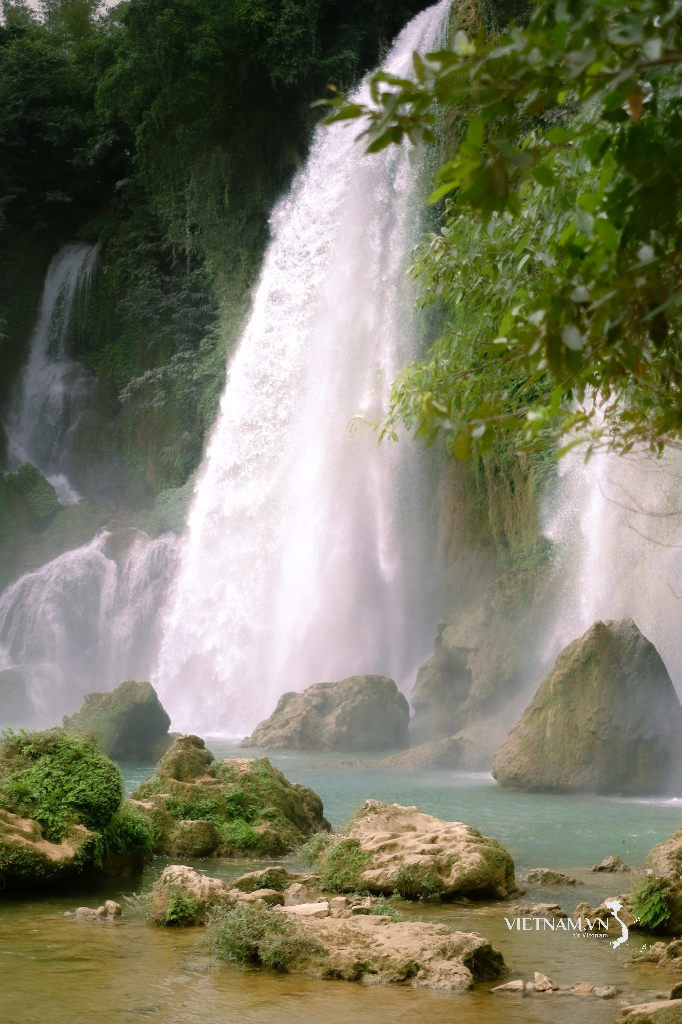

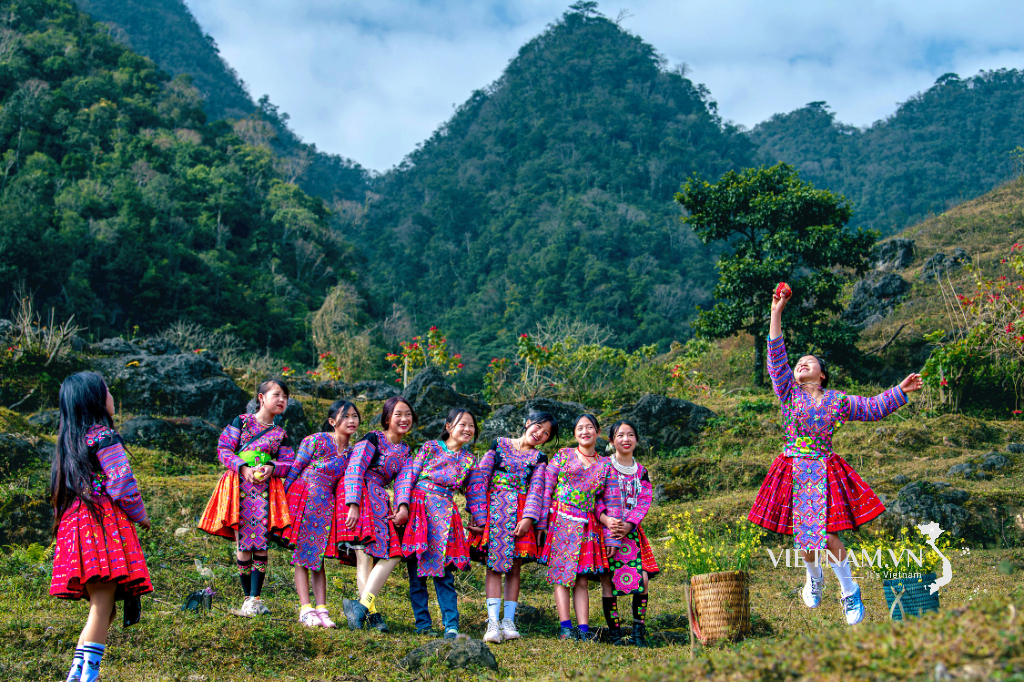

Comment (0)